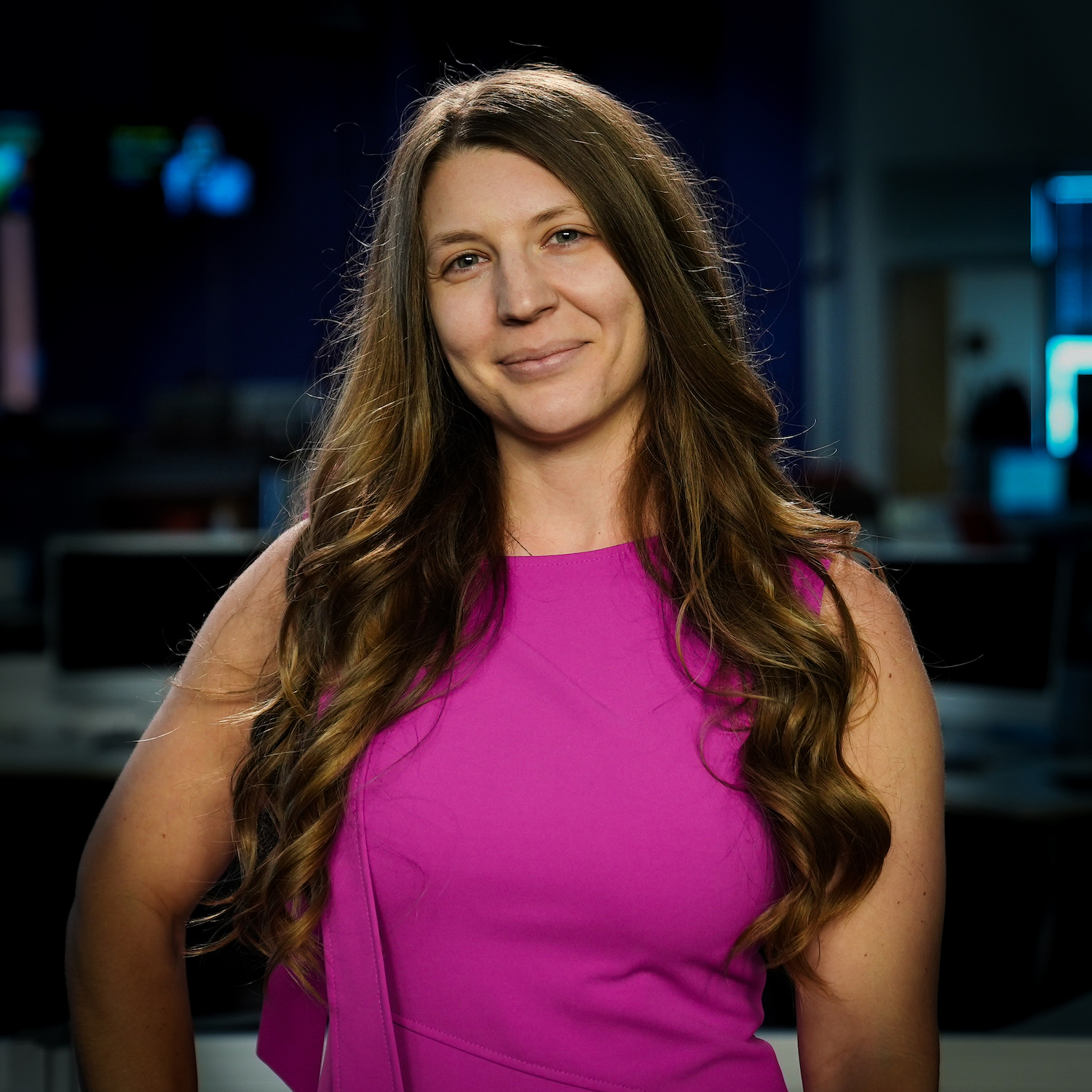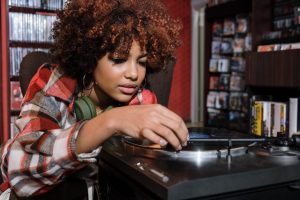As we come into the second week of the year, it seems like a good time to talk about a common New Year’s resolution – to drink less alcohol – and how the business world has responded to it in the past few years. Even though the odds of completing a New Year’s resolution are rather low, at least half of people who make resolutions will be able to at least make it through the end of this month. Therefore, a resolution to be sober for the first month of the year has a much better chance of succeeding than one to be sober all year, spawning ‘Dry January.’
So let’s talk about the history behind Dry January and how new businesses have successfully established a niche for themselves in a growing market.
Dry January
The idea of collectively abstaining from alcohol for a month can be traced back to the need to preserve national resources during World War II. In 1942, the Finnish government promoted “Raitus tammikuu” (Sober January) through newspapers and magazines to aid the war effort against the Soviet Union. It ended up being an extremely successful government campaign.
Today’s iteration of Dry January started in 2013 in the U.K. by the organization Alcohol Change UK where, according to their website, 4,000 people pledged to participate for the month. Over the years, the organization has partnered with researchers, public health officials, and even created their own app to help motivate and encourage others to quit drinking for the month of January. Last year, they had over 175,000 people sign the pledge to give up alcohol for the month. In the U.S., research showed that around 15% of adults pledged to participate in Dry January in some way last year.
The idea of Dry January was not for people to stop socializing and going out to bars and restaurants, so businesses had to find another way to maintain profits and keep people flowing through the doors when alcohol consumption decreased. This is where non-alcoholic beverages come in.
Non-alcoholic beers, wines, and spirits
Between 2021 and 2022, non-alcoholic beers, wines, and spirits sales grew 20% in the U.S. alone, totaling $395 million in sales. Although that number only represents about half a percent of the total alcohol sales in the country, the number has been steadily growing over the past five years and is predicted to continue doing so.
New brands have continuously been popping up. For example, the actress Blake Lively started her own non-alcoholic beverage company in 2021, Betty Buzz. A few other celebrities have done the same, giving a boost to the budding industry. Established beer brands have also expanded their offerings to include non-alcoholic versions of their most popular items, including Guinness and Budweiser. The reverse can also be true. Betty Buzz has already expanded its offerings to include three low-alcohol sparkling cocktails, each with 4.5% ABV (alcohol by volume).
It is important to know that “low-alcohol” itself isn’t a term that is universally or officially defined in many countries, including the U.S. In the U.K. where the term is officially defined it means no more than 1.2% ABV. In Finland, it is 2.8-3.7% ABV.
An interesting angle to explore
An article in CNBC last week focused on the financial aspect of participating in Dry January for consumers – as a sobriety coach noted in the article “drinking alcohol is expensive.” In case you are interested in knowing how much you spend on alcohol, the U.S. Department of Health and Human Services has a calculator on their website.
As the article notes, the potential savings of Dry January go beyond the actual cost of alcohol. Reducing drinking may mean that people skip going to a restaurant or are less likely to make impulsive purchases while under the influence. It could also mean lowered healthcare costs as it may force people to take a second look at their overall health.
Although the potential financial impact is one angle, it is important to note that non-alcoholic beers and spirits are not necessarily cheaper than their alcoholic counterparts. As a Nielsen report shows, the average unit price of non-alcoholic spirits is $27.27 while alcoholic spirits average $12.26 a unit. The number one non-alcoholic canned cocktail, according to this random list, is $15 for a four-pack, no different than most alcoholic canned cocktails on the market. Therefore if someone chooses to switch their alcoholic beer for a non-alcoholic one, they might not actually be saving money. But, it could be more profitable for the business if more consumers did make the switch to non-alcoholic beverages.






